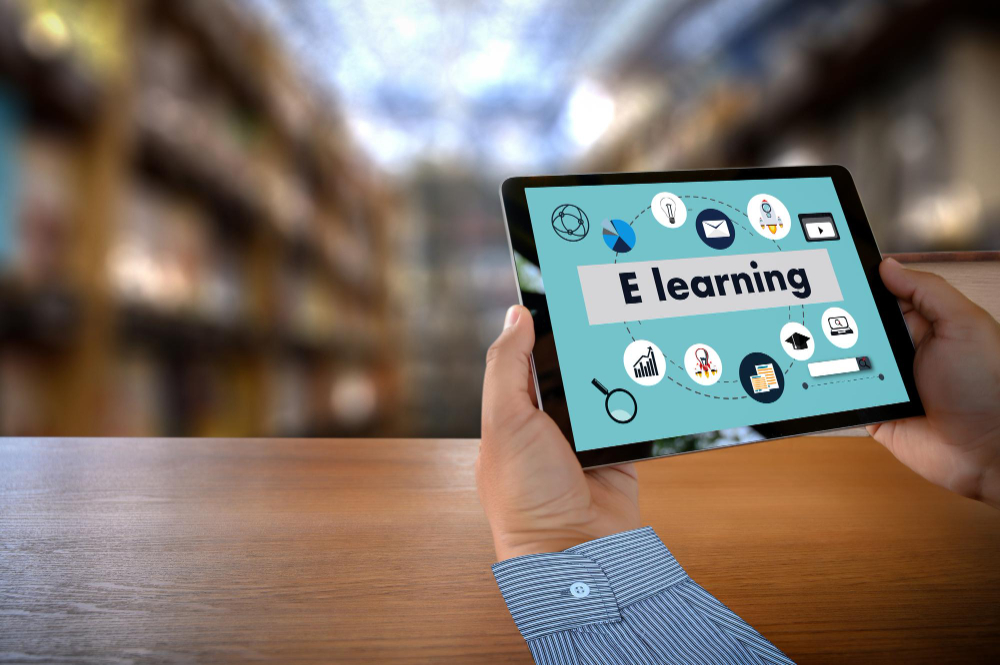Revitalizing eLearning course content is no longer optional; it is a necessity in the fast-evolving digital education landscape. As educational needs change, so should our methods. Many educators and course creators find themselves asking how to make eLearning courses more engaging and effective. Shifting away from standard, linear narratives and embracing dynamic course structures is a pivotal strategy. This approach is not only scientific but is also crucial in ensuring that learners remain engaged, absorb more and apply their learning effectively. Let’s dive into six strategies for transforming your eLearning courses into dynamic, interactive experiences.
First, know your audience better than they know themselves. To captivate your learners, begin by understanding their preferences, challenges, and goals. Conduct surveys, analyze learner data, and gather feedback at every opportunity. When you tailor your content to meet the specific needs and expectations of your learners, you’re more likely to see greater interaction, retention, and application. Knowing what your audience finds compelling allows you to design learning pathways that are relevant and resonate with each individual learner.
Secondly, incorporate storytelling techniques to draw learners in. Humans are naturally drawn to stories because they provide context and make the material memorable. Craft a compelling narrative around your course content that includes characters, scenarios, and plot twists that relate to real-world applications. This technique not only makes the learning process enjoyable but also helps improve retention. By embedding your instructional materials within a story, you transform potentially dry content into adventures that learners are eager to follow.
Gamification is another powerful tool to dynamically enhance your eLearning courses. By integrating elements such as points, badges, and leaderboards, you create a competitive yet fun environment. However, it’s important to ensure that these gamified elements serve the learning objectives and don’t distract from the core content. Implement challenges or quests that promote critical thinking and problem-solving to embed the knowledge firmly in the learners’ minds while making the process entertaining.
Interactive elements like quizzes, simulations, and polls are pivotal in keeping the engagement levels high. Interactive content breaks the monotony and encourages active participation, allowing learners to apply what they’ve learned in a simulated environment. Use real-time data from these interactions to gauge understanding and provide immediate feedback. This not only reinforces learning but also offers insights on areas that may need further elaboration or clarification.
Next, explore the use of adaptive learning technologies. These platforms adjust the learning pace and content according to each learner’s progress and understanding. Adaptive learning ensures that no learner falls behind or advances without a proper grasp of the material. It offers a more personalized learning experience, making it easier for learners to achieve their educational goals efficiently and effectively. This approach harnesses AI-driven insights to preemptively address learning challenges.
Finally, always test and refine your courses based on analytics and feedback. Regularly update your course content to remain relevant and effective. Use learning management system analytics to track engagement metrics and success rates. Solicit regular feedback from learners to identify what’s working and what isn’t. As you iterate and improve, you delineate the path to creating an optimal learning experience that matches the dynamism of face-to-face interactions.
In conclusion, transforming your eLearning courses involves understanding your audience, leveraging storytelling, gamifying content, incorporating interactive elements, utilizing adaptive learning technologies, and consistently refining your course based on real data. By following these strategies, you’ll create engaging, effective, and dynamic educational experiences that exceed the capabilities of traditional linear courses. Your learners will appreciate the effort as they enjoy an enhanced learning journey, boosting their skills and knowledge acquisition in the process.
